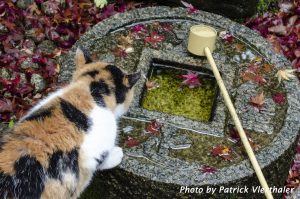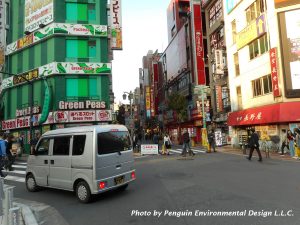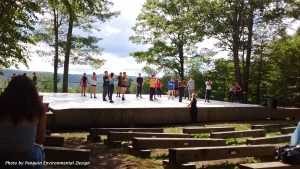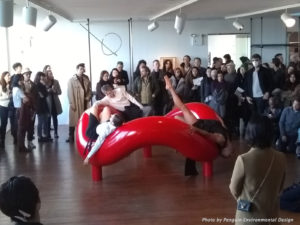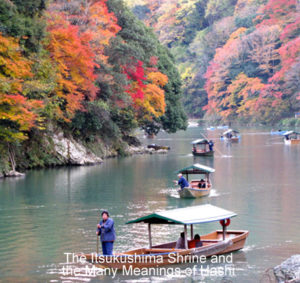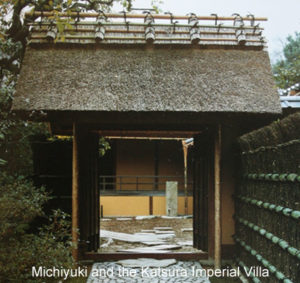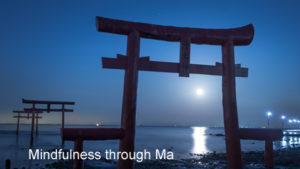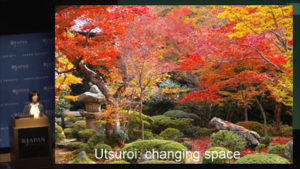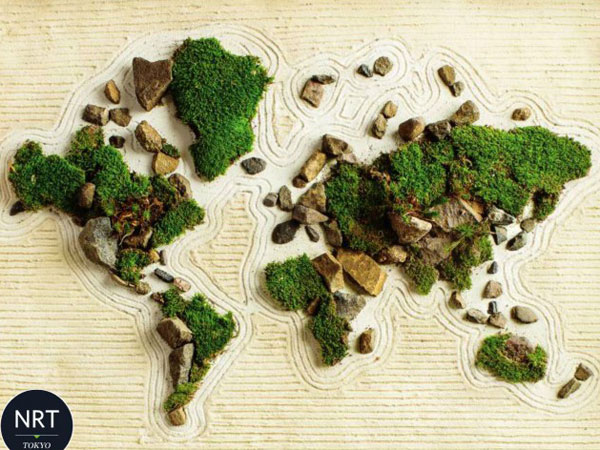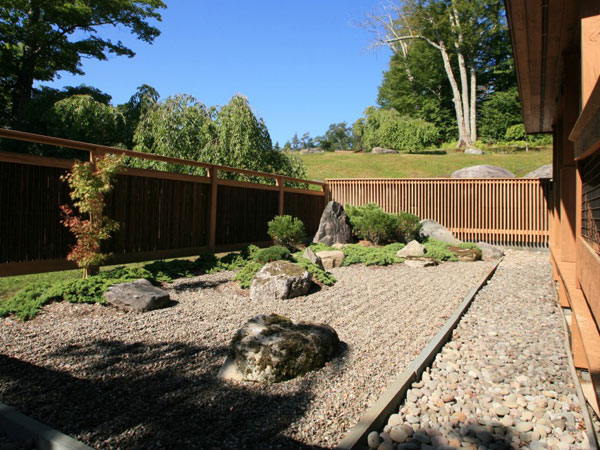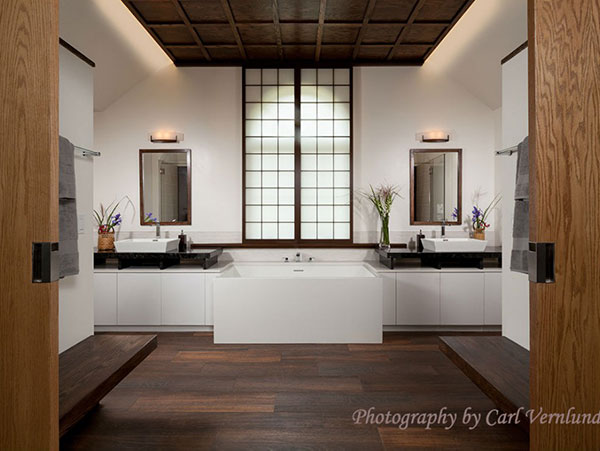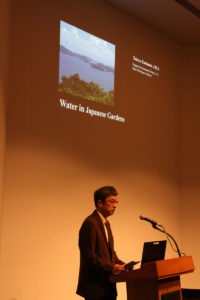
Water in Japanese Gardens: Lecture at Stony Brook University
Takaya Kurimoto gave a talk “Water in Japanese Gardens” at the Japan Center at Stony Brook University on December 2nd, 2019. Many enthusiastic students and faculty members attended this event! Water has been one of the most important elements of Japanese gardens. Takaya introduced its three different characteristics and background
